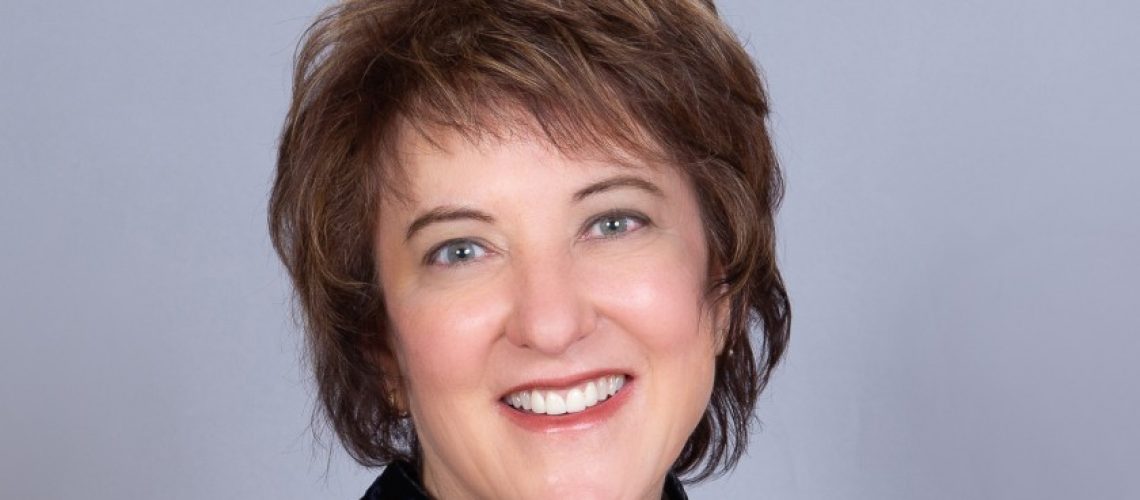Health plans and other stakeholders are convinced that the use of ICD-10 coding can greatly launch the uniform capture of data related to social determinants of health and improve health outcomes.
In an October 10 webinar hosted by the eHealth Initiative, Jennifer Bordenick, eHi’s CEO, called SDOH a “critical issue today.” That’s why eHi, the American Hospital Association, Humana, UnitedHealthcare and other organizations have been working in the past year to push the use of ICD-10 related to SDOH.
“It’s encouraging that despite the competitive nature of healthcare, the private sector is working together to address factors pertinent to patient care and well-being in a sustainable, scalable manner,” eHi says.
According to Caraline Coats, vice president of Bold Goal and population health strategy at Humana, social needs gaps—such as isolation, loneliness and food insecurity—make it difficult to have a happy, healthy, purposeful life, and that has a tremendous impact on overall well being.
“Standardized screening and code capturing can reveal these upstream impacts on health and create richer data that helps physicians, care managers, social workers and home health professionals meet our members’ needs more proactively,” she says. “The result is better care and better health outcomes at a lower cost.”
Sheila Shapiro, UnitedHealthcare’s senior vice president of strategic community partnerships, has worked with SDOH for the past six years. “We were thinking about this area before SDOH was cool,” she says. In 2017, United did trials around SDOH, and focused on how to build an infrastructure for its employees to significantly work on removing barriers to care. The main problem was, there was no way to give data a voice, she says.
“We assisted each person one person at a time—which is how this work has to be done—and United wondered how it could remove barriers to sharing the information. “At Humana, we all know this is making a difference to improve the overall health of the population.”
Some people say they believe that SDOH is linked to Medicaid, but there’s actually a socio-economic shift in the U.S. indicative of the need to address SDOH more broadly, Shapiro says. These include: 40 percent of Americans can’t withstand a $400 emergency, and 78 percent of Americans live paycheck to paycheck. As a result, 35 states are now requiring managed care plans to do some kind of activity related to SDOH.
“Where we started the work was to think about scale for every individual in our country,” Shapiro says. Humana wanted to give the people a voice and it begins with the ICD-10 coding’s Z codes. Z codes are used to describe experiences, problems, or circumstances, that affect patient health, but are not considered a specific disease or injury.
“When we started, we weren’t doing anything with those codes because they weren’t tied directly to a benefit, but now we are,” she says.
——————————————————
Photo courtesy of: Health Data Management
Originally Published On: Health Data Management
Follow Medical Coding Pro on Twitter: www.Twitter.com/CodingPro1
Like Us On Facebook: www.Facebook.com/MedicalCodingPro







